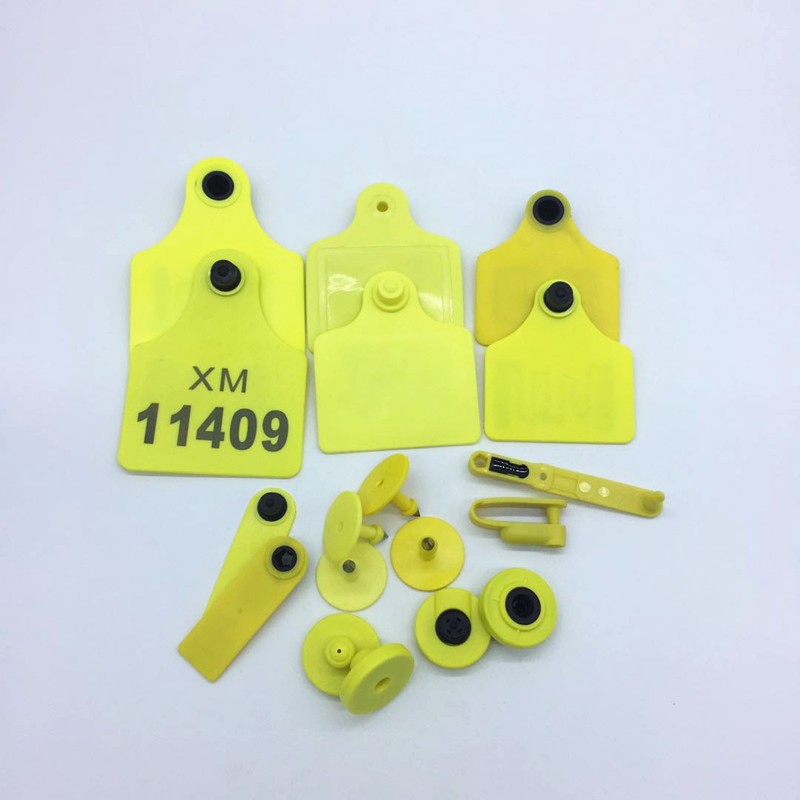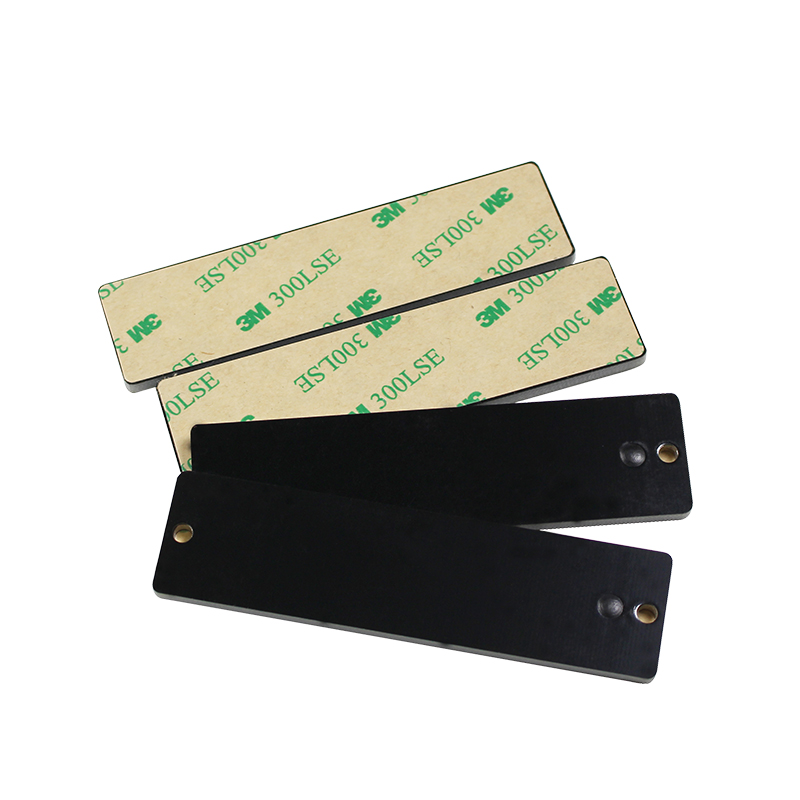Hot Sales
UHF RFID Solution for Livestock Management
From:nersmartViews:Date:2024-06-05 17:05
Implementing a UHF (Ultra High Frequency) RFID solution for livestock management can significantly enhance tracking, monitoring, and overall management of livestock. Here's a comprehensive overview of how such a system can be implemented, including the components, benefits, and steps involved.
Components of UHF RFID Solution
RFID Tags:
Ear Tags: UHF RFID ear tags are commonly used for livestock. They are attached to the animal’s ear and contain a unique identifier.
Implantable Tags: These can be embedded under the animal's skin but are less common due to regulatory and welfare concerns.
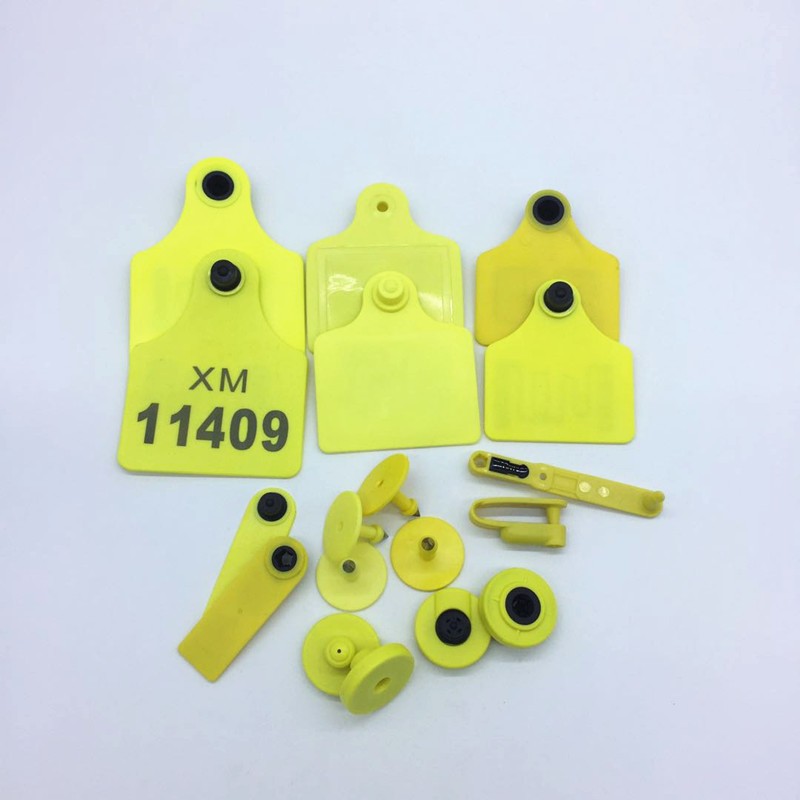

RFID Readers:
Fixed Readers: Installed at strategic locations such as gates, feeding areas, or milking stations to automatically read tags as animals pass by.
Handheld Readers: Portable devices used by staff to scan tags manually for tasks like health checks or inventory.
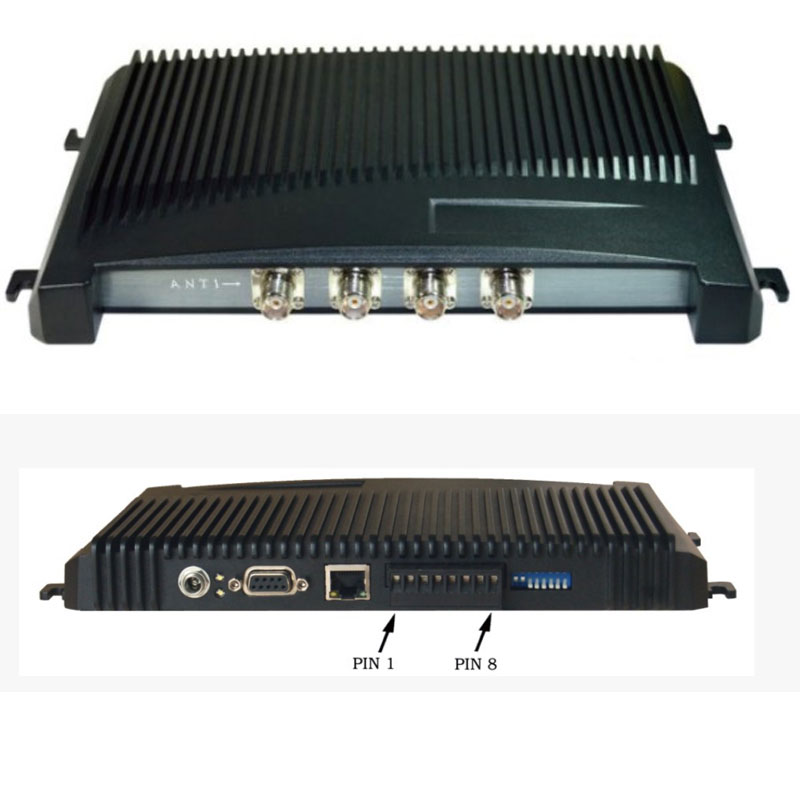

Antenna:
Antennas are used with RFID readers to capture signals from the RFID tags. They can be integrated with both fixed and handheld readers.
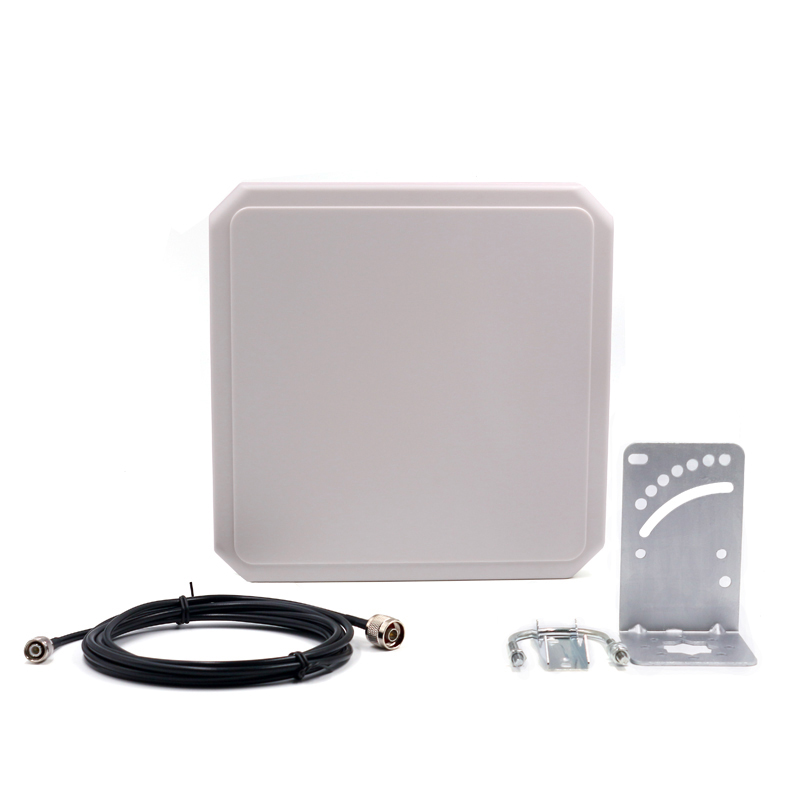

Software:
RFID Middleware: Software that manages data capture from RFID readers and integrates with management systems.
Livestock Management Software: Tracks animal data, health records, breeding information, and inventory.
Networking Infrastructure:
Wi-Fi or Cellular Networks: Ensures connectivity between readers and central management systems.
Data Servers or Cloud Storage: Stores and processes the collected data.
Benefits of UHF RFID in Livestock Management
Improved Tracking and Identification:
Enables precise tracking of each animal, including location, movement, and history.
Reduces errors compared to manual tracking methods.
Enhanced Health Monitoring:
Facilitates real-time health monitoring and recording of vaccinations, treatments, and health incidents.
Helps in early detection of diseases through automated alerts based on behavior and movement patterns.
Efficient Inventory Management:
Automates inventory processes, reducing the time and labor required for manual counting.
Ensures accurate record-keeping of livestock numbers and status.
Better Breeding Management:
Keeps detailed records of breeding cycles, genetics, and offspring, aiding in selective breeding programs.
Regulatory Compliance:
Simplifies compliance with regulations for animal identification and traceability.
Steps to Implement UHF RFID Solution
Assessment and Planning:
Evaluate the specific needs and scale of the livestock operation.
Identify key areas for RFID reader installation and determine the type of tags required.
Procurement:
Purchase UHF RFID tags, readers, antennas, and necessary software solutions.
Installation:
Install fixed RFID readers at critical points such as entrances, feeding stations, and handling areas.
Equip staff with handheld RFID readers for mobile scanning.
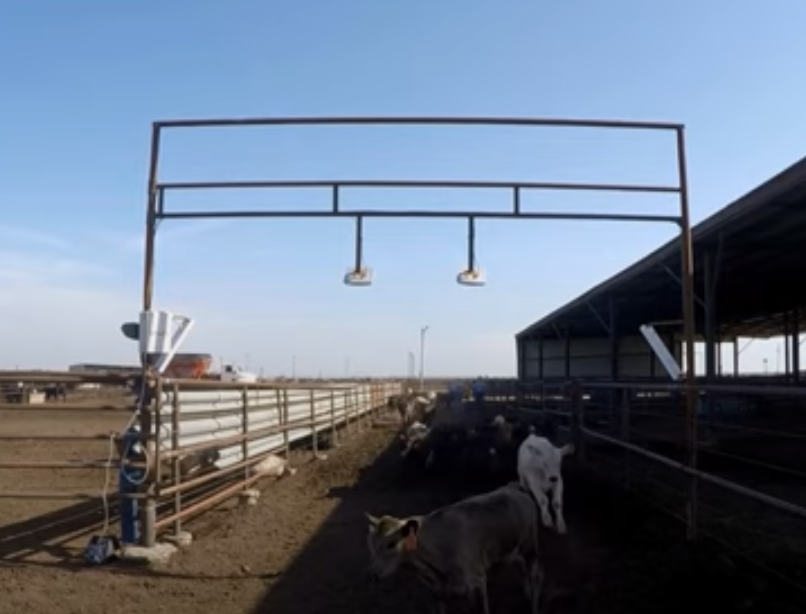

Integration:
Integrate RFID middleware with existing livestock management software.
Ensure data synchronization between RFID system and central management database.
Testing and Calibration:
Conduct thorough testing to ensure tags are read accurately and data is correctly captured.
Calibrate readers and antennas to optimize read ranges and accuracy.
Training:
Train staff on the use of RFID equipment and software.
Implement protocols for regular system checks and maintenance.
Deployment and Monitoring:
Deploy the system fully and begin monitoring livestock using the RFID solution.
Continuously monitor system performance and make adjustments as necessary.
Challenges and Considerations
Tag Durability: Ensure tags are robust and can withstand harsh environmental conditions.
Read Range and Interference: Address potential issues with read range and interference from metal objects or other electronic devices.
Data Security: Implement security measures to protect sensitive livestock data.
Cost: Consider the initial investment versus long-term benefits and savings.
By carefully planning and implementing a UHF RFID solution, livestock operations can achieve significant improvements in efficiency, accuracy, and overall management effectiveness.




